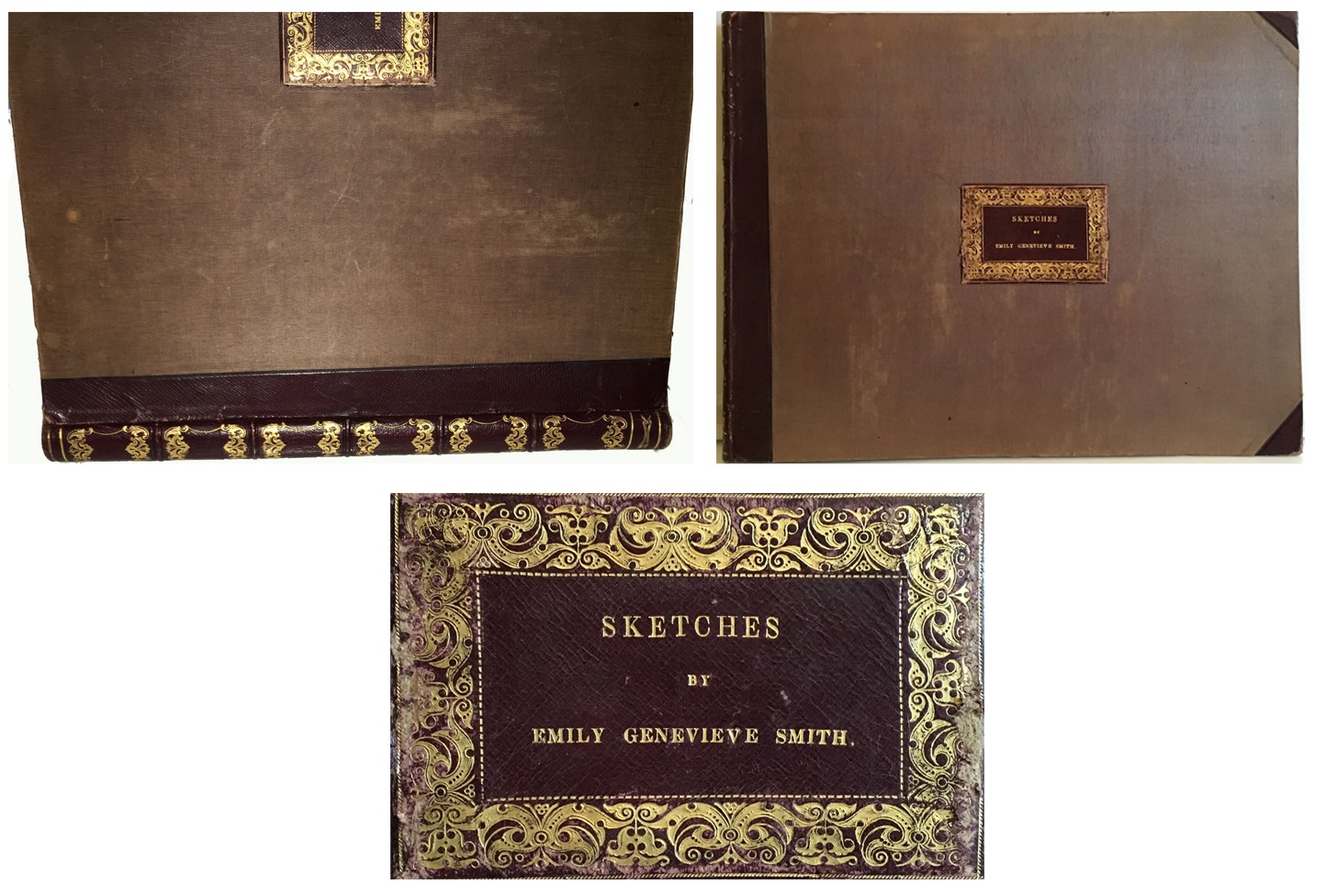Emily Geneviève Smith was born on 31 August 1817 in Paris, the third daughter of the Hanson Simpson family, from Bath, in the South West of England. In this English city she receives her training in singing and piano, and develops a taste for drawing and archaeological artefacts, even attending a course in London.
On February 25, 1836, she married Reverend Reginald Southwell Smith (1809–1895) and the young couple moved to Stafford parish, near Dorchester, where the reverend was rector. They had twelve children, of whom only eight reached adulthood.
By 1840, the reverend's health was weakened, showing signs of advanced tuberculosis, which led the family to travel to Madeira in the context of Therapeutic Tourism.
The following year, on October 1, 1841, they left Portsmouth aboard the brig Dart for Madeira Island, where they docked after fifteen days. With the Reverend and Emily, their three children and two maids also joined them, as well as the goods necessary for their extended stay on the Island.
The Smiths lived in Madeira for two years, during which time the reverend's health improved. When they returned to England in the fall of 1843, they took another daughter, Harriet, born in March of that year.
Throughout her life, Emily Smith kept a faithful record of events in her diaries, which she occasionally illustrated with drawings and sketches. Unfortunately, only the diaries for the years 1836, 1841, 1852, 1858 and 1866 have reached us.
A gifted designer and watercolourist, Emily recorded her life in notes during her stay on the Island: the house where the Smith family lived in Funchal (Quinta da Nora), the social relations established with other English families living here, the events experienced (such as the wreck of the brig Dart, in 1842), the various expeditions carried out on the island, the contact with local people; but, above all, Emily Smith captures, in her drawings, Madeira from the mid-eighties seen through a foreign eye, a land of dramatic landscapes and picturesque inhabitants, which illustrate the romantic feeling that prevails in her sketches.
The Quinta das Cruzes Museum includes, in its collection, the album "Sketches by Emily Geneviève Smith" with the inventory no. MQC 1084, which contains 98 drawings and watercolours, some signed by the artist, and which reflect the landscape, fauna, flora and customs of Madeira Island in the 19th century.
The album, acquired in 1952, features a cardboard-bound cover lined with fabric and leather applications on the front, spine and corners, and gilded engravings on the front and spine. On the front, leather application with gilded engravings with the inscription: "SKETCHES / BY / EMILY GENEVIEVE SMITH.", inserted in a rectangular frame decorated with interlaced lanceolate motifs. The spine also features gilded engravings that form decoration of cards.
Credits: Quinta das Cruzes Museum


